LMS meets modern workplace learning and development needs by aligning course management, providing mobile access, and offering advanced analytics and social learning.





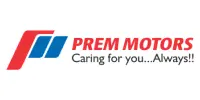




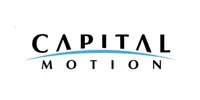

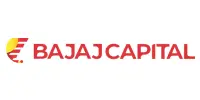

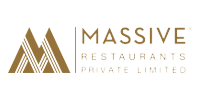
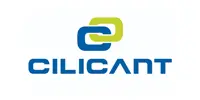
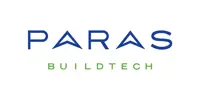

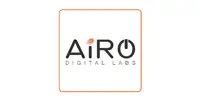
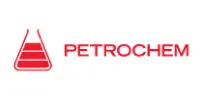

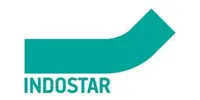




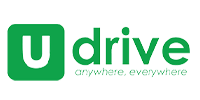

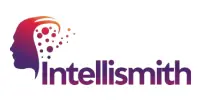



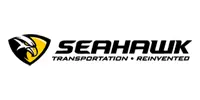


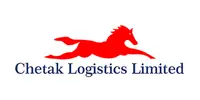

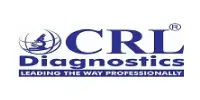
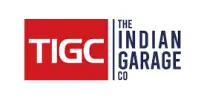
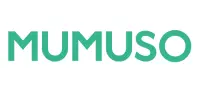
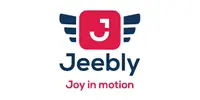


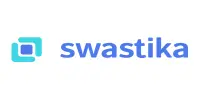
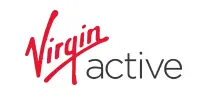

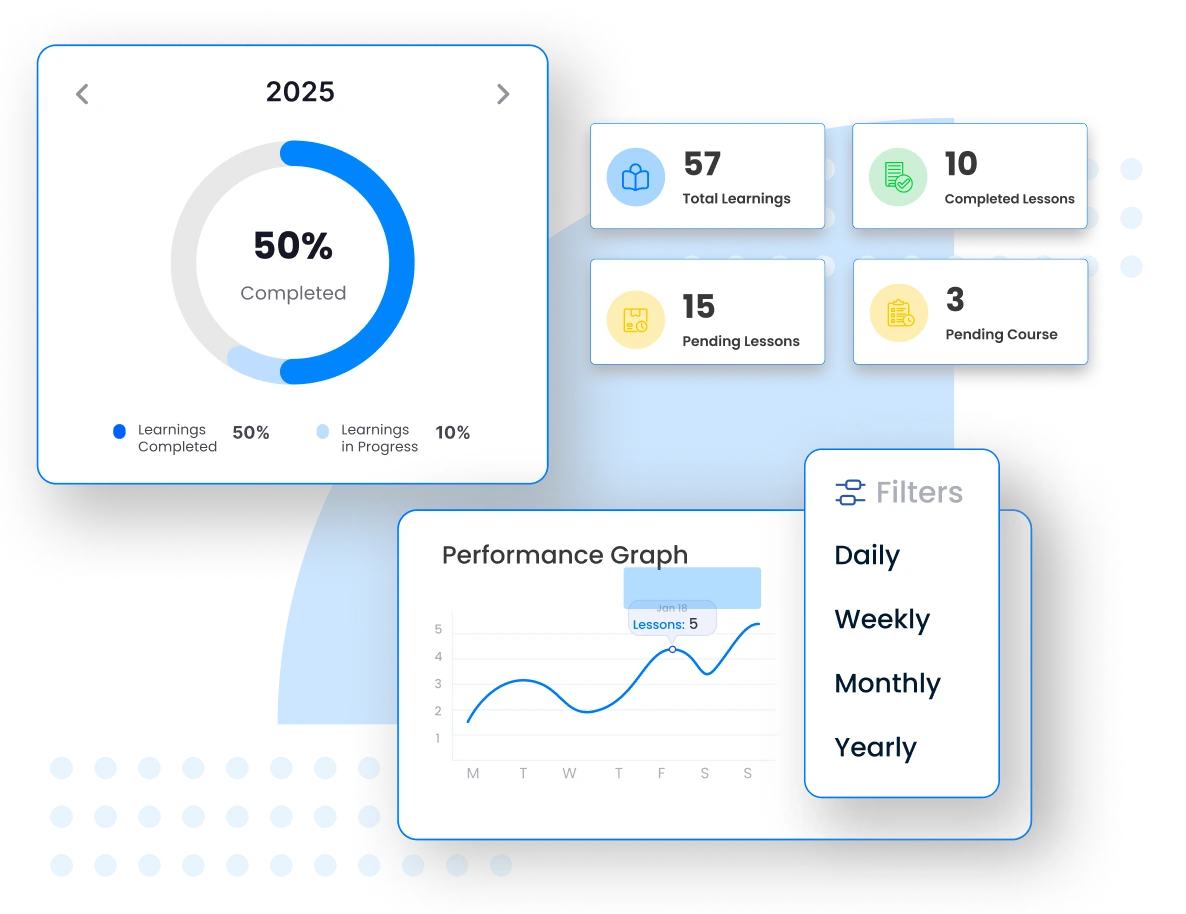
Gain valuable real-time insights into learner progress, performance trends, and course effectiveness with detailed automated reports and interactive dashboards.
Competency mapping turns an LMS into a powerful tool that aligns learning initiatives with measurable business outcomes.
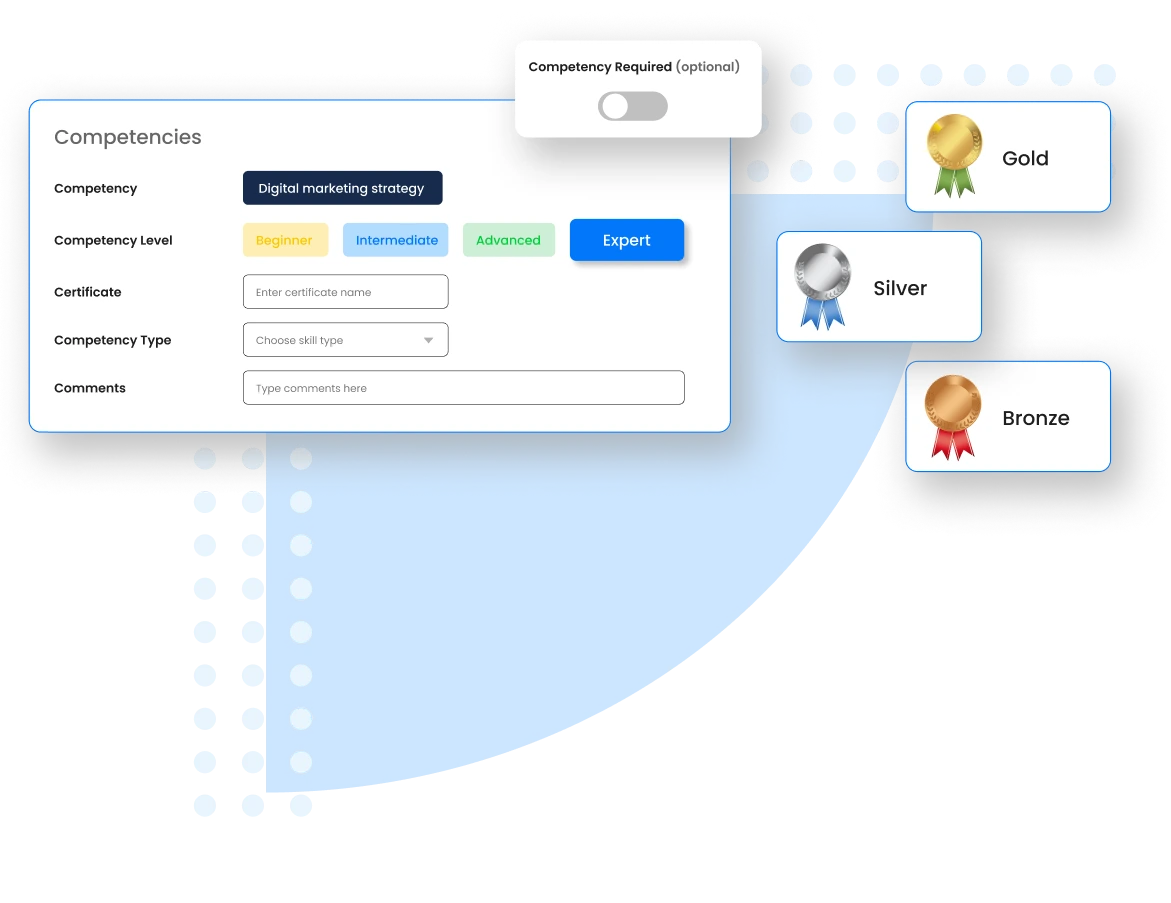
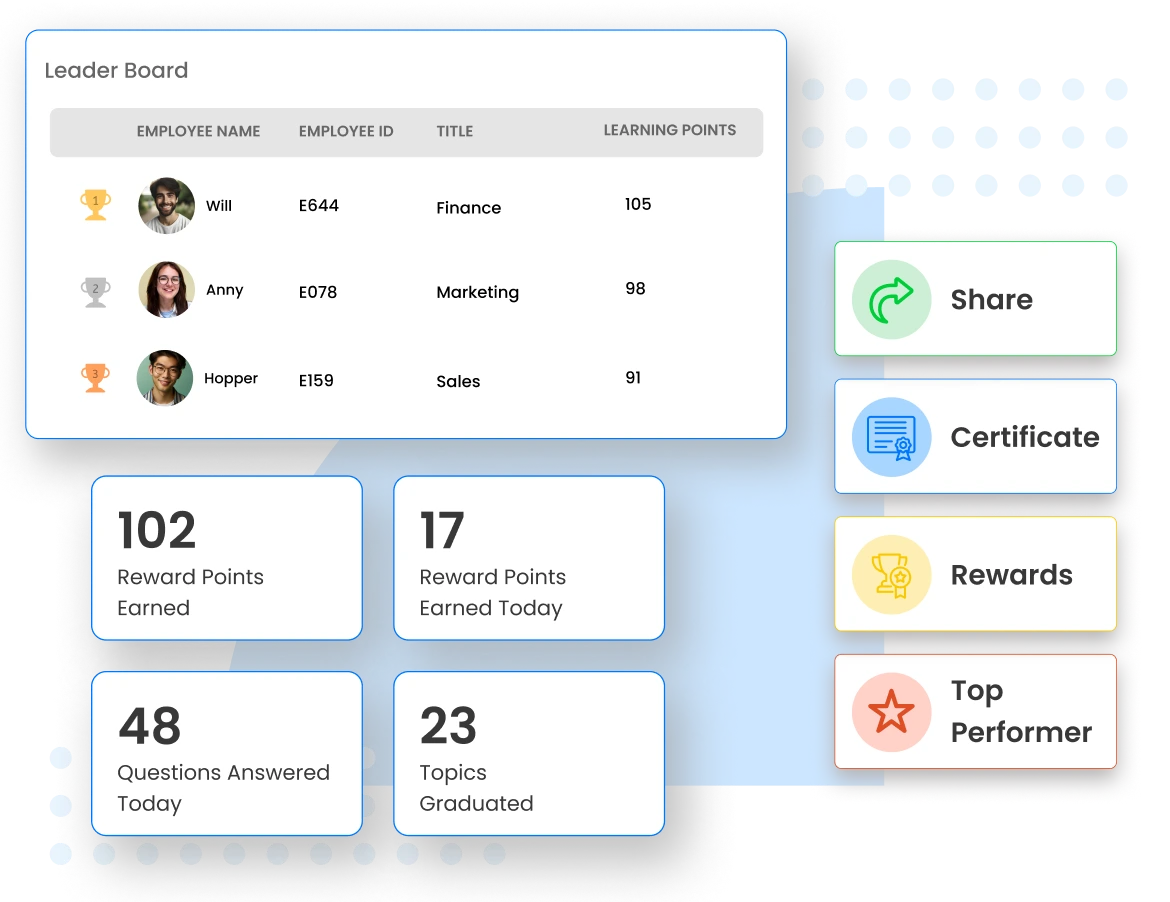
Effortless integration with enterprise tools, offering badges and certificates to reward course completion.
Our unique set of features like mood-o-meter, break room, rewards & recognition, announcements, etc help HRs in shooting up the engagement levels of their employees to an all-time high – even on their most busy days!

Get useful feedback to further develop your organisation and get an insight into how each employee feels.

Keep your employees engaged at work and say goodbye to employee absences and job burnout!

Share anything & everything shared with exactly the right employees and streamline your communications.

Recognize & reward your employees for a job well done and ensure their commitment to good quality work.

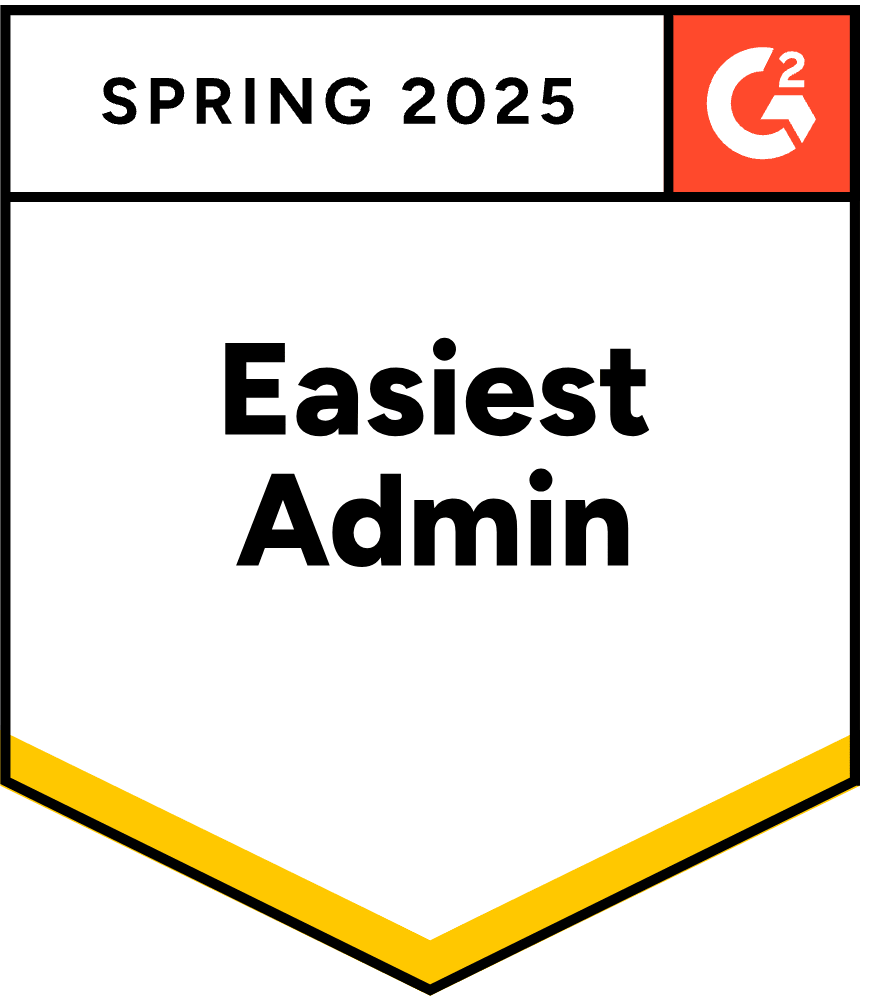



Companies invest in learning and development to improve employee skills, increase productivity, and streamline workforce potential with business goals. This fosters innovation, improves retention, and ensures long-term competitiveness among the workforce.
Some major key process are:
Personalized Learning Paths: Customized training for individual roles and career targets.
Blended Learning: Combine online, in-person, and experiential learning processes.
Upskilling and Reskilling: Focus on future-ready skills to stay competitive.
Mentorship Programs: Foster knowledge sharing through peer and leadership mentorship.
Gamification: Use rewards and challenges to enhance engagement and make user experience better.
Continuous Learning Culture: Encourage learning as a daily practice.
Data-Driven Approach: Use analytics to measure effectiveness and refine programs.
These strategies boost engagement, performance, and alignment with organizational goals.
Based on the level of engagement and commitment, the employees can be classified into the following three categories:
Engaged Employees: Employees who work with full dedication and are emotionally attached to the organization fall under this category.
Not Engaged Employees: Employees who only dedicate their time, but not passion and energy to their work are the ones that fall under this category.
Actively Disengaged Employees: Stressful, unhappy, negative, and disappointed employees fall under this category.
Employee engagement and employee satisfaction are two different things. Satisfied employees don’t necessarily mean engaged employees or vice versa.Engaged employees are motivated to show up to work every day and go above and beyond to help their organization succeed. Employee satisfaction can be seen among employees who enjoy their job, but not necessarily feel engaged in the workplace. They might show up to work early and leave late without contributing much. This is the major difference between the two.
Employee engagement can be improved by receiving or giving timely and constructive feedback on assessments. Conducting regular feedbacks can provide you with the information whether you need to use an employee engagement software integrated with LMS in your organization. You can use this information to make strategic decisions or build strategies that can help you attract and retain top talents.
A Learning Management System (LMS) is a user-friendly platform that simplifies the way organizations and institutions deliver, manage, and track training programs. Think of it as your all-in-one hub for learning and growth!
With an LMS, you can:
Share Training Content: Upload and access videos, courses, and materials anytime, anywhere.
Track Learner Progress: Easily monitor training completion, certifications, and performance.
Get Actionable Insights: Use data-driven reports to measure training success and ROI.
Whether for corporate training or skill-building, an LMS makes learning more accessible, engaging, and effective, helping businesses and individuals thrive.
Flexibility and Accessibility:
Learners can access training materials anytime, anywhere, at their own pace, accommodating different schedules and learning styles.
Interactive Content:
Incorporates videos, quizzes, simulations, and gamification to boost engagement and retention.
Personalized Learning Paths:
Tailors content to individual needs, ensuring relevant and targeted skill development.
Cost-Effectiveness:
Reduces expenses related to travel, physical materials, and instructor-led sessions.
Real-Time Progress Tracking:
Provides instant insights into learner performance and course effectiveness through dashboards and analytics.
Scalable Solutions:
Easily accommodates growing teams and diverse training needs across locations.
Enhanced Collaboration:
Encourages teamwork through discussion boards, virtual classrooms, and group activities.
E-learning platforms aligns training, making it more effective, engaging, and accessible for today’s organizations.